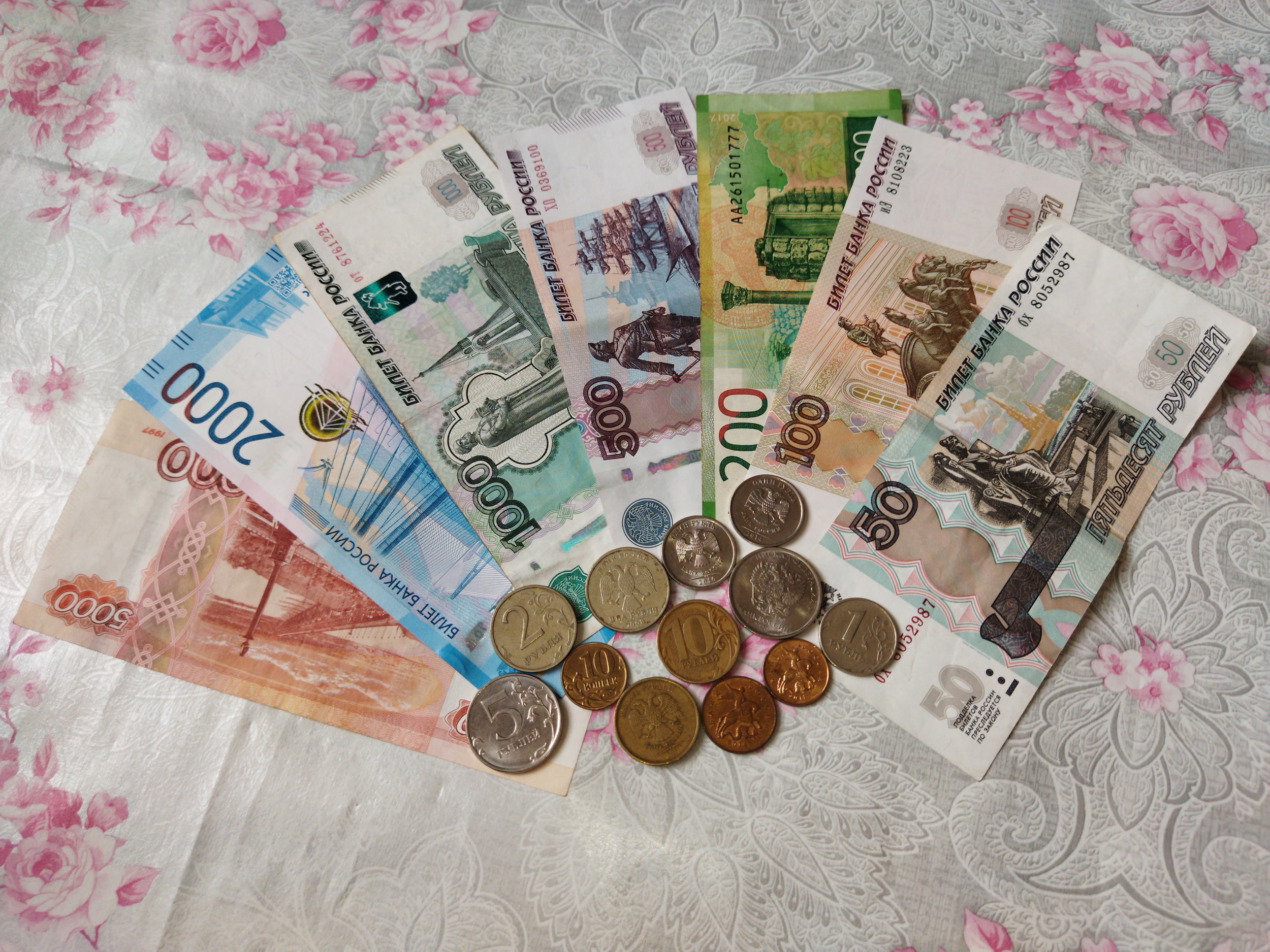Annelle Sheline, Peter Mandaville, and Alexander Thurston explore the Implications of Saudi Religious Transnationalism
Peter Mandaville presents his new edited volume (Philipp Moeller).
Peter Mandaville spoke on the launch of his new edited volume, “Wahhabism and the World,” with Alexander Thurston, one of the contributing authors, and Annelle Sheline, a research fellow at the Quincy Institute. Mandaville’s new work deals with the ways in which Saudi Arabia has sought to influence global Muslim communities and the impact of these efforts.
As Mandaville explains, the volume analyzes key Saudi actors, seeking to answer the question of “whether or not Saudi Arabia’s petrodollar-funded export of the very austere and highly conservative form of Islam called Wahhabism around the world had had a major impact on the way in which Muslims in settings across the globe think about, understand, and practice their religion.” More broadly, the volume deals with religious soft power and how “religious outreach activities could be understood as an element of Saudi statecraft.”
He noted that the United States had an interest in helping Saudi Arabia promote its interpretation of Islam globally in the 1960s: it sought to counterbalance the influence of pan-Arab and socialist thought in the region, such as was found in Nasser’s Egypt. With the rise of Iran as a religious force in the region, Saudi Arabia’s “religious transnationalism” also turned towards countering this new religious rival.
Mandaville’s lecture also outlined the main institutions of Saudi religious influence, not all of which were directly affiliated with the state, though they might have had financial and personal connections to it. These include the Ministry of Islamic Affairs, the Muslim Youth League, the Islamic University in Medinah, and, more indirectly, various Islamic charities. Other more indirect vectors of religious influence that help diffuse religious practices are the labor migration flows to and from Saudi Arabia (especially from South Asia) and the hajj pilgrimage that brings millions of Muslim believers to the kingdom annually.
However, it is important to stress that “the more you understand the nature of the phenomenon [of Saudi religious funding], the more it becomes possible to understand why it is nearly impossible to get any clear sense of what the total amount spent is.” The Saudi government did not track the financial flows associated with religious charities until after the 9/11 attacks, so there is little in the way of reliable data. This complicates any claims regarding the scale of Saudi religious funding. Nevertheless, trends over the last two decades seem to point downward, especially since crown prince Mohammed bin Salman rose to prominence.
Additionally, contributing author Alexander Thurston explored the case study of Saudi influence in the Sahel region, arguing that Saudi influence, especially in the 1980s, caused more divisive debates between Salafi and Sufi religious groups, though these debates have since calmed. He also pushed back on the narrative that Saudi funding is responsible for violent Islamism in the region: “When we look at jihadist mobilization in the region, it’s not just some sort of product of ideological radicalization, [but rather] internal tensions within different communities, […] revolt of social juniors against the established order, […] a crisis of pastoralism [and] backlash against government corruption.”
Concluding the presentation, Annelle Sheline outlined the changes to Saudi religious transnationalism that have been occurring due to the policy goals of Mohammed bin Salman. She focused particularly on the potential vacuum in the region created by the absence of a promoter of conservative interpretations of Islam. Citing the minister of religious affairs, Sheline argued that Saudi Arabia would continue to be a force in the region due to its inherent relationship to Islam: “everyone still faces Saudi Arabia, faces Mecca, five times a day.”




Niger announced withdrawal from a key counterterrorism task force at the start of April, putting regional stability in jeopardy in the Sahel.